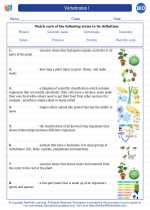Germination: Understanding the Process of Seed Growth
Germination is the process by which a seed begins to grow and develop into a new plant. It is a critical stage in the life cycle of a plant and involves a series of complex biochemical and physiological changes. Understanding the process of germination is important for understanding plant growth and development.
Conditions Required for Germination
Several factors are necessary for germination to occur:
- Water: Seeds require moisture to initiate the germination process. Water activates enzymes that break down stored food in the seed, providing energy for growth.
- Oxygen: Germinating seeds require oxygen for respiration, which provides energy for metabolic processes.
- Temperature: Each plant species has an optimal temperature range for germination. Generally, warmer temperatures promote faster germination, but extremes can inhibit the process.
- Light: Some seeds require light for germination, while others are inhibited by it. This varies depending on the plant species.
The Process of Germination
The process of germination can be divided into several key stages:
- Imbibition: Water is absorbed by the seed, causing it to swell and become metabolically active.
- Enzyme Activation: Enzymes are activated to break down stored nutrients, such as starch and proteins, into forms that can be used for growth.
- Radicle Emergence: The radicle, the embryonic root, emerges from the seed and begins to grow downward into the soil.
- Hypocotyl and Cotyledon Growth: The hypocotyl, a part of the embryo, elongates and pushes the cotyledons (seed leaves) above the ground.
- Photosynthesis: Once the cotyledons are exposed to light, they begin to photosynthesize and provide energy for further growth.
- Root and Shoot Formation: The root system and shoot system develop, and the seedling becomes established as a young plant.
Importance of Germination
Germination is crucial for the continuation of plant species and is the starting point for the growth of all plants. It allows seeds to develop into seedlings, which eventually grow into mature plants capable of reproducing.
Study Guide for Germination
To effectively study germination, consider focusing on the following key points:
- Understand the environmental factors necessary for germination.
- Learn the stages of the germination process and the key events that occur during each stage.
- Explore the importance of germination in the life cycle of plants and its significance for ecosystems and agriculture.
- Consider conducting experiments or observations of germination in different plant species to deepen your understanding.
By mastering these concepts, you will gain a comprehensive understanding of germination and its significance in plant biology.
.◂Biology Worksheets and Study Guides High School. Vertebrates I
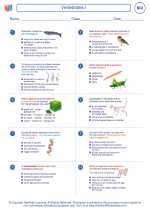
 Worksheet/Answer key
Worksheet/Answer key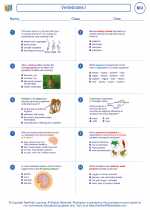
 Worksheet/Answer key
Worksheet/Answer key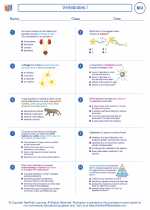
 Vocabulary/Answer key
Vocabulary/Answer key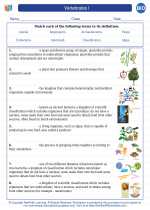
 Vocabulary/Answer key
Vocabulary/Answer key
 Vocabulary/Answer key
Vocabulary/Answer key